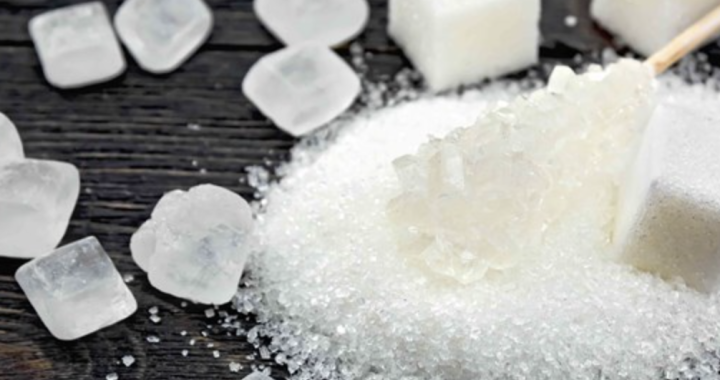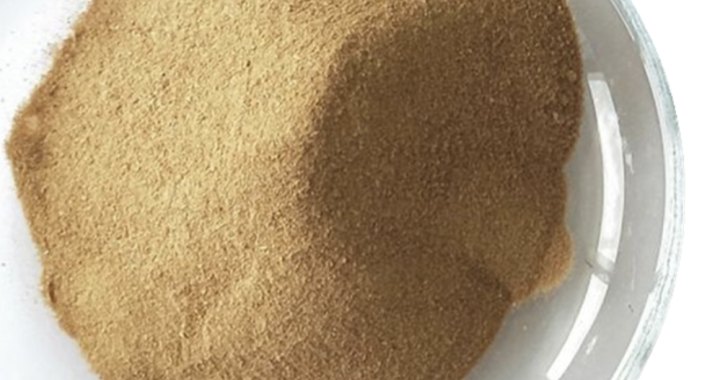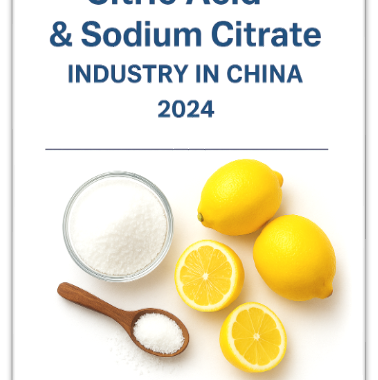On 11 October, the Pingyi County Branch of Linyi Municipal Ecology and Environment Bureau released the acceptance notice for the environmental impact report of Shandong Taijia Dongheng Biotechnology Co., Ltd. (Taijia Dongheng)’s 100,000 t/a of functional sugar project.
Project overview
- Nature: New construction
- Location: Kangtaizhuang Village, Difang Town, Pingyi County, Linyi, Shandong Province
- Total investment: USD84.4 million (RMB600 million), of which USD0.28 million (RMB2 million) is for environmental protection
- Construction content: To construct four functional sugar production lines with a total capacity of 100,000 t/a, plus utilities and auxiliaries.
- Key raw materials: 80,000 t/a of 32 % food-grade starch slurry, 40,000 t/a of 67 % sucrose syrup, 63,000 t/a of 71 % glucose solution, etc.
- Labor quota: 30 employees
- Working system: Three 8hr shifts per day, 300 working days per year
- Construction period: 24 months; scheduled to start production in August 2027.
- Product plan of this project
| Product | Capacity, t/a | Remark | ||
| Powder | Pulp | |||
| Functional sugar products | Isomalto-oligosaccharide | 10,000 | 10,000 | Powder moisture 5%,IMO-90 type |
| FOS | 10,000 | 10,000 | Powder moisture 2% | |
| HFCS | / | 50,000 | F42 type | |
| Crystalline fructose | 10,000 | / | Powder moisture 0.2% | |
| By-product | Glucose syrup | / | 10,000 | 60 % DS |
You can get more information on China’s corn deep-processing industry by checking out NK Corn Deep-Processing China News. Follow our LinkedIn to get more industry news.







